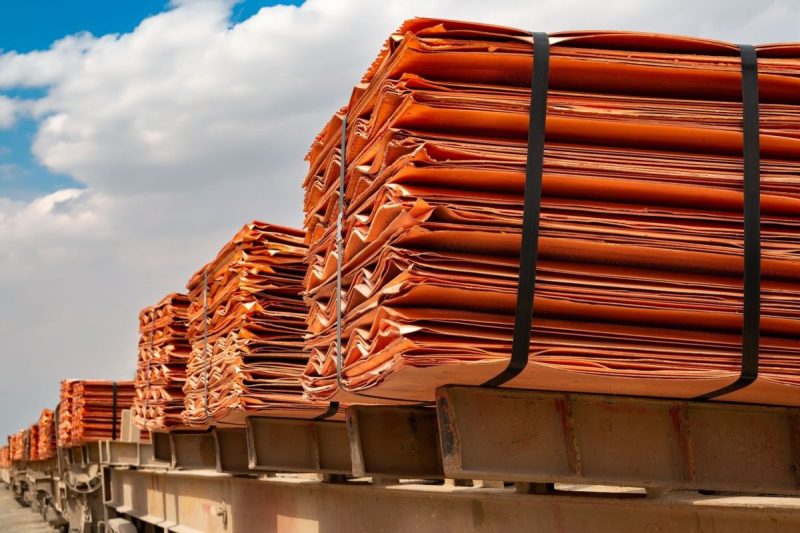Robert Friedland, the billionaire founder of Ivanhoe Mines Ltd., recently made headlines with his audacious pronouncement that there is no rational price for copper in this current climate. He argued that the demand for copper is essentially infinite, while the supply is worryingly short. This bold statement has stirred up various conversations in the mining and investment industry. However, it does not seem that Friedland is speaking out of exaggerated enthusiasm or unfounded optimism. His observation stems from tangible evidence concerning the current trends in the mining industry and the global economy’s increasingly critical reliance on copper.
To understand Friedland’s assertion, one must first look at the profound role copper holds in modern society. The demand for this metal is practically a barometer to the world’s technological and developmental interests. Copper is a critical composite component for electric vehicles (EVs) and renewable energy infrastructure. These are sectors experiencing explosive growth as governments worldwide work relentlessly to minimize carbon emissions. According to BloombergNEF, electric vehicles are set to increase thirty-fold by 2030, significantly multiplying the demand for copper. The clean energy revolution is a clear propellant of this essentially infinite demand of which Friedland speaks.
Secondly, the macroeconomic factors heavily influence the demand and supply dynamics of copper. China’s rapid modernization and urbanization, for example, have remarkably spurred the demand for the metal. As the world’s largest user of copper, China continues to place insatiable demand pressure on the commodity while its building boom continues. Further, the American push for an expansive infrastructure plan aimed at decarbonizing the economy implies an even greater demand for copper.
Now, juxtapose this soaring demand against a backdrop of a critically short supply, and Robert Friedland’s statement begins to make disturbing sense. The world has always been under the illusion of a surplus copper supply, largely aided by considerable reserves in Chile. However, operational challenges and decreasing ore grades have led to struggles in maintaining production rates in these mines. Also, global disruptions like the COVID-19 pandemic have compounded these issues.
Friedland articulates what many in the industry already suspect: The world might be on the brink of a severe lack of copper supply. Exploration and development of new mines are not keeping pace with the surging demand. Regulatory hurdles, operational complexities, and long lead times for new projects are causing a delay in pumping new supplies into the market, leading to the current shortage.
Robert Friedland implies that in the existing scenario, where demand is outstripping supply in dramatic fashion, copper’s price becomes almost irrelevant. Mining companies will scramble to maximize production levels, and buyers ready to pay a premium to secure quantities can easily drive prices up.
Friedland’s prediction paints an increasingly urgent picture for industrial nations and global mining companies. A fresh approach to copper mining and production is crucial to meet the soaring demand without depleting the earth’s resources. Policies encouraging sustainable mining, recycling of the metal, and investment in copper alternatives should also be part of the solution.
While Friedland’s viewpoint may come across as extreme to some, there is no denying that his observations should be a wake-up call for both industries and governments. With copper playing a vital role in the world’s march toward cleaner energy, the stakes are undoubtedly high. The metals industry must rise to the challenge and find innovative ways to keep the copper flowing into the global market.




